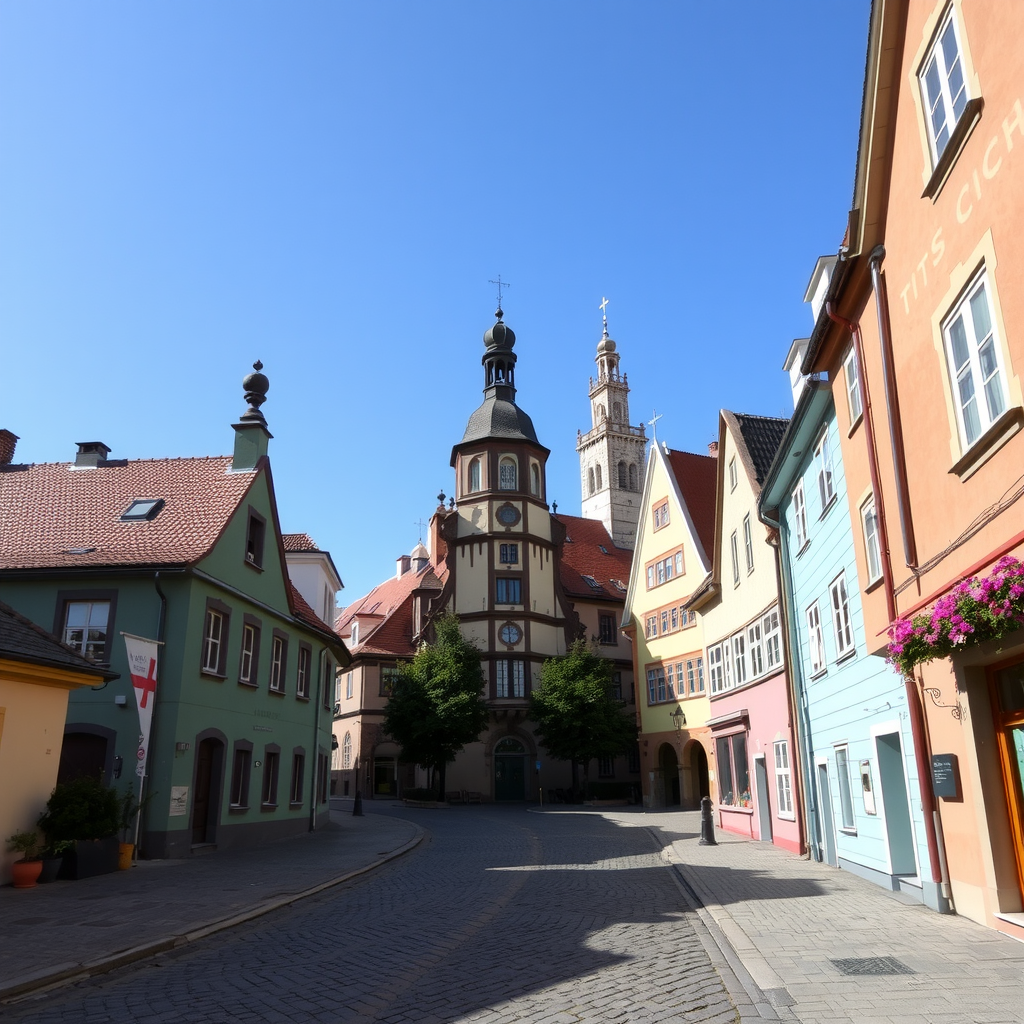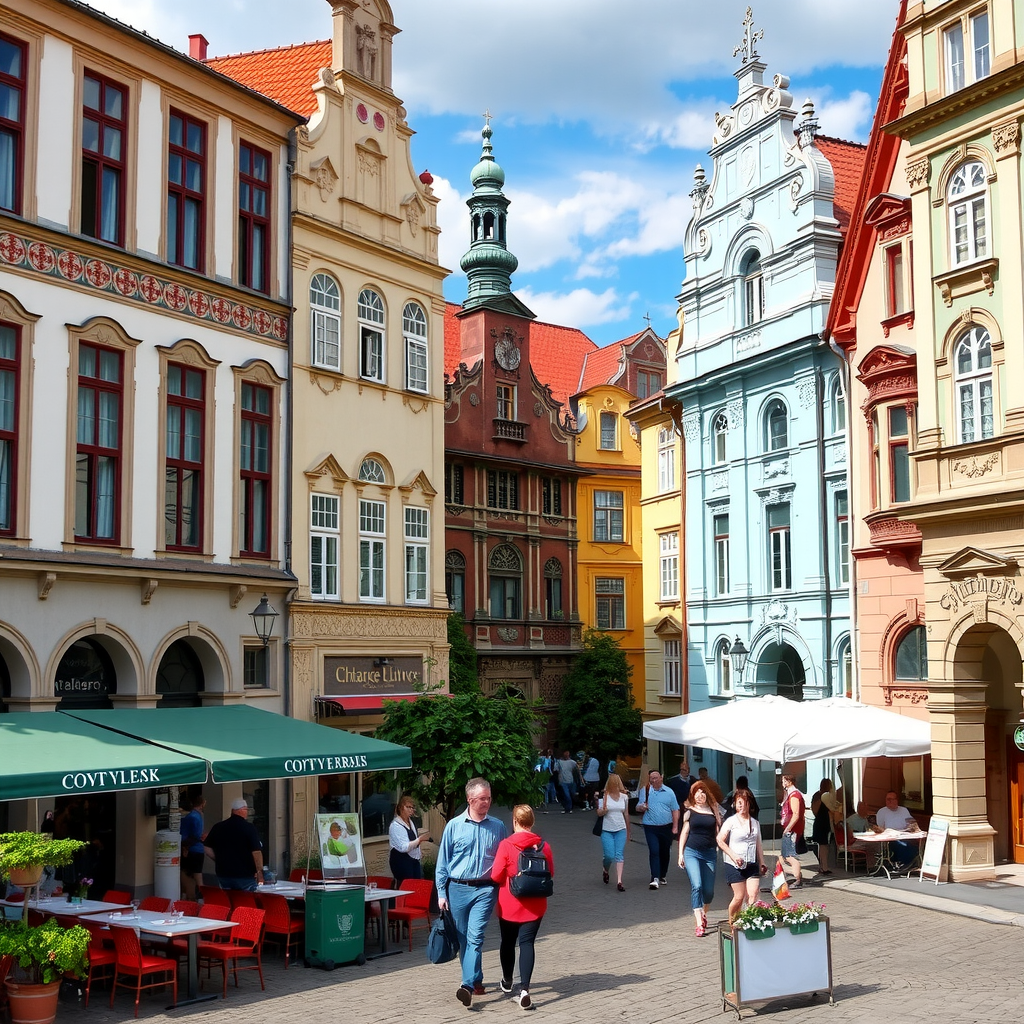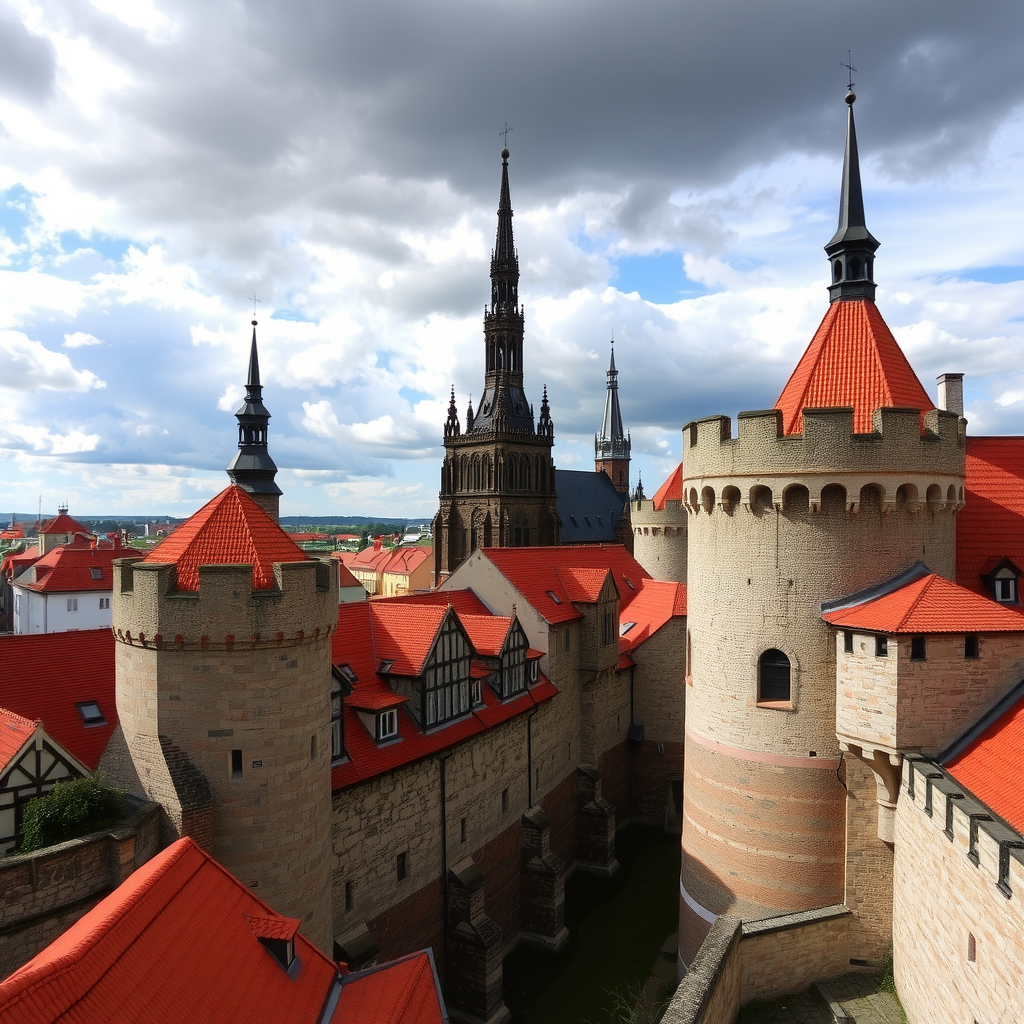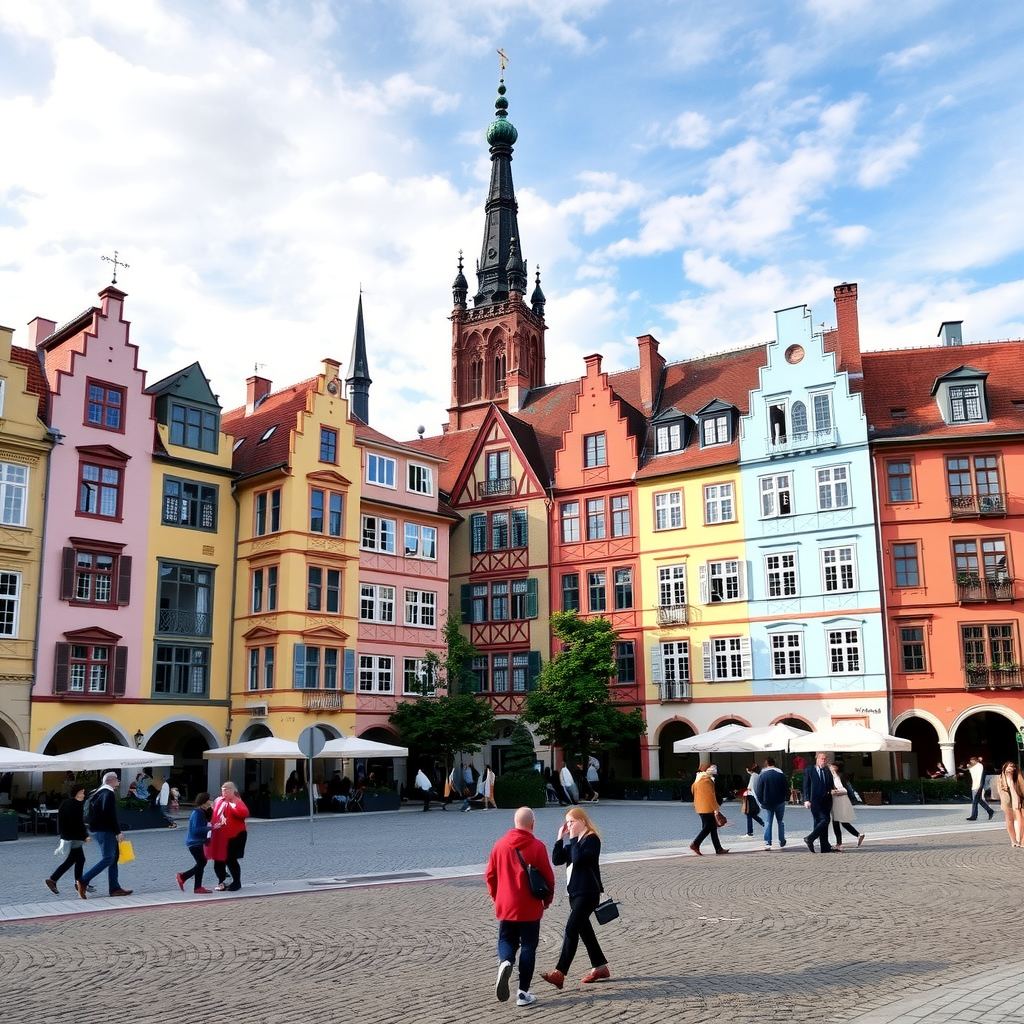Hidden Gems of Eastern Europe: 5 Underrated Cities Worth Visiting
Explore lesser-known European destinations that offer rich history, stunning architecture, and authentic cultural experiences without the crowds. From medieval towns to vibrant art scenes, discover your next adventure.

While Western European capitals draw millions of visitors each year, Eastern Europe harbors some of the continent's most captivating destinations. These cities offer an authentic glimpse into European culture, often at a fraction of the cost and without the overwhelming crowds. Let's explore five remarkable cities that deserve a spot on every traveler's bucket list.
1. Lviv, Ukraine - The Cultural Heart of Western Ukraine

Lviv's UNESCO-listed old town is a masterpiece of medieval architecture, with its Market Square serving as the beating heart of the city. The city's coffee culture rivals that of Vienna, with numerous atmospheric cafes housed in centuries-old buildings. Don't miss the stunning Lviv Opera House and the mysterious underground passages that tell stories of the city's complex history.
The city's vibrant arts scene and numerous festivals throughout the year make it a cultural powerhouse. From chocolate workshops to traditional craft markets, Lviv offers experiences that connect visitors with authentic Ukrainian traditions.
2. Tallinn, Estonia - Medieval Magic Meets Digital Innovation
Estonia's capital seamlessly blends its medieval past with cutting-edge technology. The Old Town, one of Europe's best-preserved medieval cities, transports visitors back to the 13th century with its cobblestone streets and Gothic spires.

Climb Toompea Hill for panoramic views of the Baltic Sea, explore the Alexander Nevsky Cathedral, and wander through the medieval merchant houses. The city's innovative spirit is evident in its digital infrastructure and thriving startup scene, making it a fascinating study in contrasts.
3. Plovdiv, Bulgaria - Europe's Oldest Continuously Inhabited City
With over 8,000 years of history, Plovdiv offers layers of civilization waiting to be discovered. The Roman Theatre, still hosting performances today, sits alongside Ottoman-era mosques and Bulgarian National Revival houses in the charming Old Town.
The city's artistic renaissance has transformed it into a cultural hub, with galleries, studios, and creative spaces breathing new life into historic buildings. The Kapana district, once a craftsmen's quarter, now buzzes with contemporary art, boutique shops, and innovative restaurants.
4. Brno, Czech Republic - Modernist Architecture and Vibrant Nightlife

Often overshadowed by Prague, Brno offers a more authentic Czech experience. The city is renowned for its functionalist architecture, including the UNESCO-listed Villa Tugendhat, a masterpiece of modern design. The historic Špilberk Castle provides stunning city views and houses fascinating exhibitions.
Brno's student population ensures a lively atmosphere, with excellent restaurants, craft breweries, and cultural events. The city's compact size makes it perfect for exploring on foot, discovering hidden courtyards and local favorites.
5. Sibiu, Romania - Transylvanian Charm and Cultural Richness
This former European Capital of Culture enchants visitors with its well-preserved medieval center and distinctive "eyes of the city" - the dormer windows that seem to watch over the cobblestone squares. The Gothic and Baroque architecture creates a fairy-tale atmosphere that's particularly magical during the winter months.

Sibiu's proximity to the Carpathian Mountains makes it an excellent base for exploring Transylvania's natural beauty. The city's museums, including the impressive Brukenthal National Museum, showcase centuries of cultural heritage and artistic achievement.
Planning Your Eastern European Adventure
These hidden gems offer incredible value for travelers seeking authentic experiences. Most cities are well-connected by budget airlines and efficient train networks, making multi-city trips feasible and affordable.
The best time to visit varies by destination, but late spring through early fall generally offers the most pleasant weather and longest daylight hours. Each city provides unique insights into Eastern European culture, history, and hospitality that will leave lasting memories.
Travel Tips for Eastern Europe
- Learn basic phrases in the local language - locals appreciate the effort
- Carry cash as some smaller establishments may not accept cards
- Book accommodations in advance during festival seasons
- Try local specialties and visit traditional markets for authentic experiences
- Research cultural customs and dress codes for religious sites